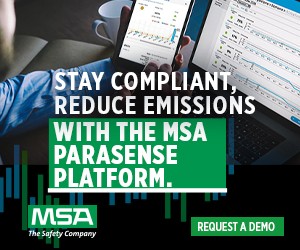Pandemic Pressure and Growing Acceptance of Natural Refrigerants in Europe
As in other regions of the world, the past months have been heavily influenced by the global pandemic. But despite or perhaps because of the pressures introduced by the pandemic, business in European industrial refrigeration has increased quite a lot, and as such, the difficulty has been and still is to maintain the human resources to continue working even with pandemic-related challenges.
Read More















